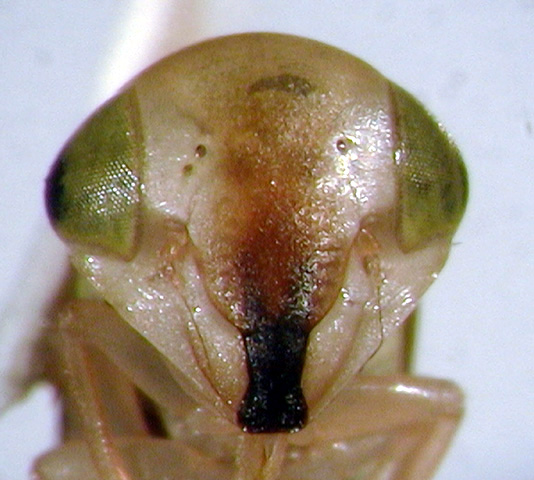Idioscopus clypealis (Lethierry)
Caution
Many of the insects depicted on these pages are outwardly similar and you should not use photographs as the sole means of identification. These pages form part of a scientific key which will assist a trained entomologist to identify the species accurately.
Idioscopus clypealis (Lethierry 1889)
[page update: 12 November 1999]
Distribution:I. clypealis is distributed
through the Oriental region from Pakistan to the Philippines and New Guinea
and was first collected in Australian territory at Moreton on Cape York
Peninsula, North Queensland in October 1999.
Economic Status: This is the most recent serious leafhopper pest of mangos to be recorded in Australia (Fletcher and Dangerfield 2002). I. clypealis causes similar damage to I. nitidulus although it feeds by preference on the flowers. Most published research on the species comes from India where I. nitidulus and Amritodus atkinsoni are also serious pests. Further information, including possible natural enemies, is given under I. nitidulus.
Notes: The colouration of I. clypealis is somewhat variable over its range. The two black spots on the apex of the head are found in females only from Australia (this study), New Guinea (M. Webb, pers. comm.) and the Philippines (Baker 1915) but in both sexes in Pakistan (Maldonado-Capriles 1964).



Images: Murray J. Fletcher, Orange Agricultural Institute
